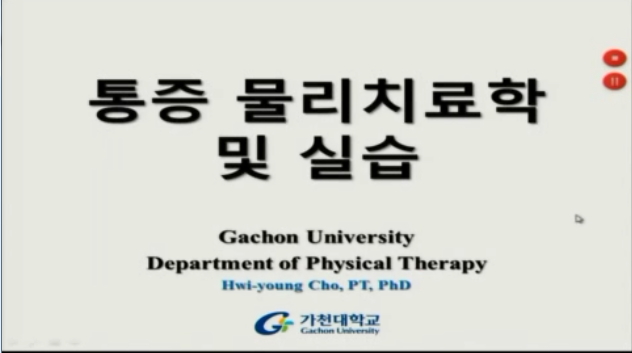This study examined the language choice for modality patterns to express the degree of probability specifically in email texts based on Systemic Functional Grammar (SFG) analytical framework. Participants were students enrolled in an English writing c...
http://chineseinput.net/에서 pinyin(병음)방식으로 중국어를 변환할 수 있습니다.
변환된 중국어를 복사하여 사용하시면 됩니다.
- 中文 을 입력하시려면 zhongwen을 입력하시고 space를누르시면됩니다.
- 北京 을 입력하시려면 beijing을 입력하시고 space를 누르시면 됩니다.

Expressing Modalization in EFL College Learners Writing: From Modality System of Systemic Functional Grammar
한글로보기https://www.riss.kr/link?id=A106625303
- 저자
- 발행기관
- 학술지명
- 권호사항
-
발행연도
2020
-
작성언어
-
- 주제어
-
KDC
701
-
등재정보
KCI등재
-
자료형태
학술저널
- 발행기관 URL
-
수록면
1-28(28쪽)
- DOI식별코드
- 제공처
-
0
상세조회 -
0
다운로드
부가정보
다국어 초록 (Multilingual Abstract)
This study examined the language choice for modality patterns to express the degree of probability specifically in email texts based on Systemic Functional Grammar (SFG) analytical framework. Participants were students enrolled in an English writing composition course at an online-based Korean university. They were required to write an email thanking their professor, in which they stated their future plans (definite or indefinite) with a degree of probability. The text analysis was compared with two groups of students scores (high-scoring group n=40 and low-scoring group n=29), based on an assessment of the course assignment. After building up two learner corpora, UAM Corpus Tool version 3.0 was used to analyze the language choice closely using a modality system of the SFG framework. The high-scoring group showed more range and frequency in the use of modal verbs combined with a modal Adjunct or another modal expression. Explicit teaching on the importance of expressing the appropriate degree of probability using a range of modality devices, rather than relying heavily on the primary modality (choice of modal verbs) is highlighted as a pedagogical implication.
목차 (Table of Contents)
- 1. Introduction 2. Literature Review 3. Method 4. Results 5. Discussion and Implications 6. Conclusion References
- 1. Introduction 2. Literature Review 3. Method 4. Results 5. Discussion and Implications 6. Conclusion References
동일학술지(권/호) 다른 논문
-
지역방언 화자의 중앙방언 습득 양상 연구 : 서울 거주 경상방언 화자의 음운 변이를 중심으로
- 한국사회언어학회
- 이재섭(Lee, Jaeseob)
- 2020
- KCI등재
-
- 한국사회언어학회
- 윤재연(Yoon, Jae-yeon)
- 2020
- KCI등재
-
- 한국사회언어학회
- 이정열(Lee, Jungyull)
- 2020
- KCI등재
-
남북 정상에 대한 언론 보도문의 호칭어와 경어법 : 2018년 남북정상회담을 중심으로
- 한국사회언어학회
- 이정복(Lee, Jeongbok)
- 2020
- KCI등재





 스콜라
스콜라



